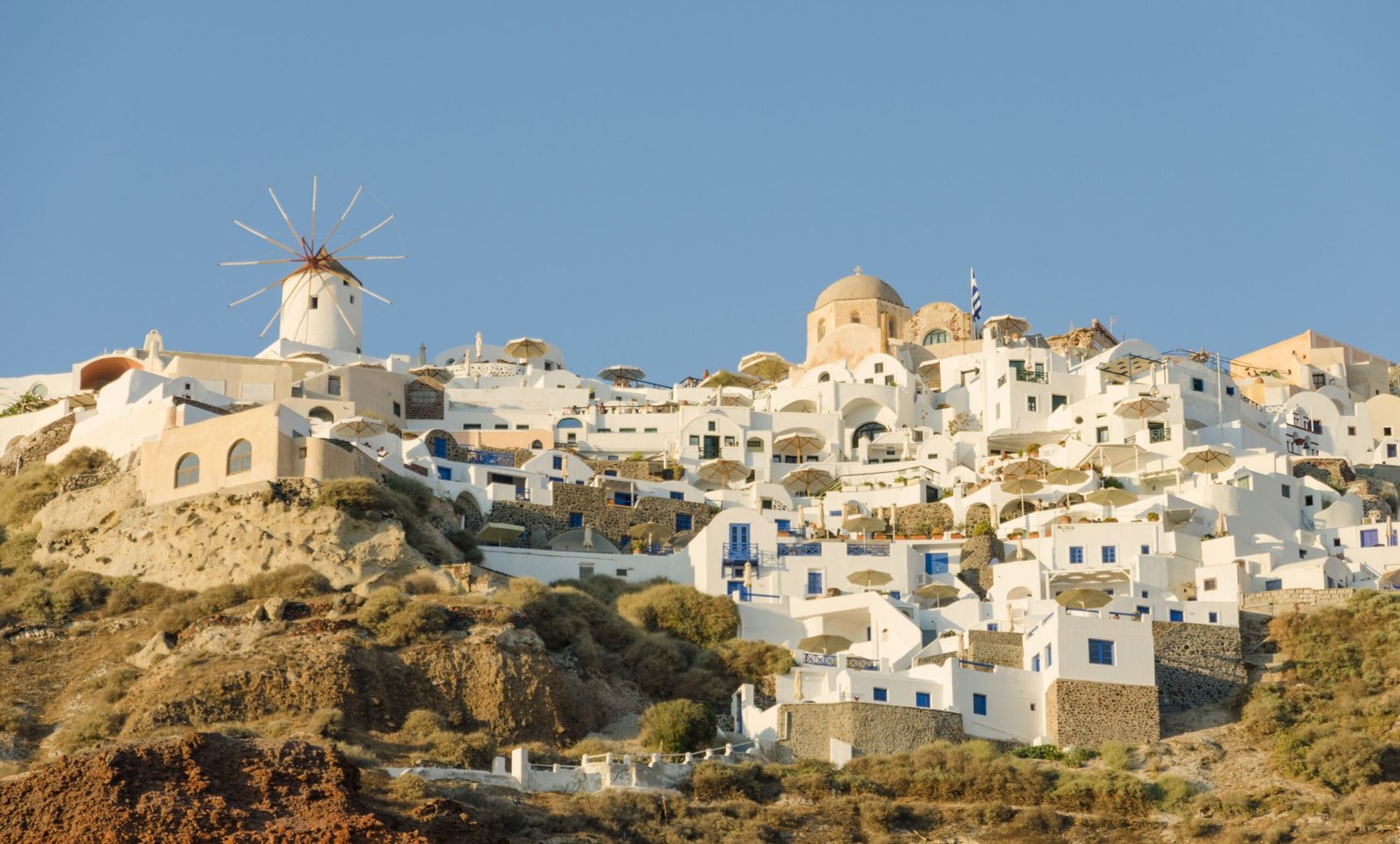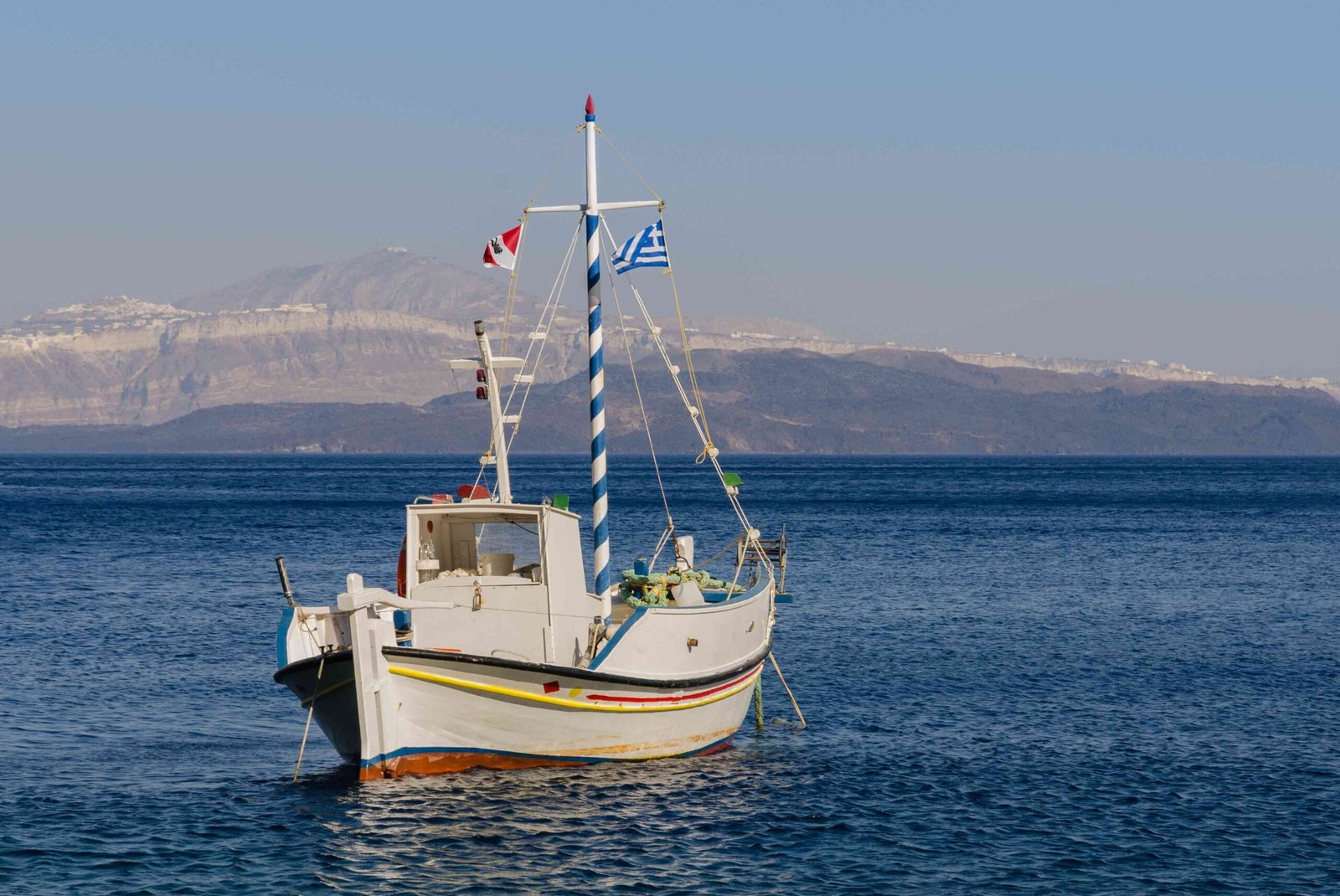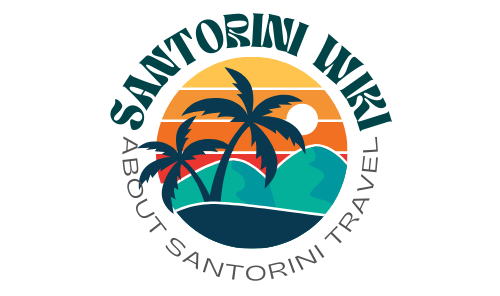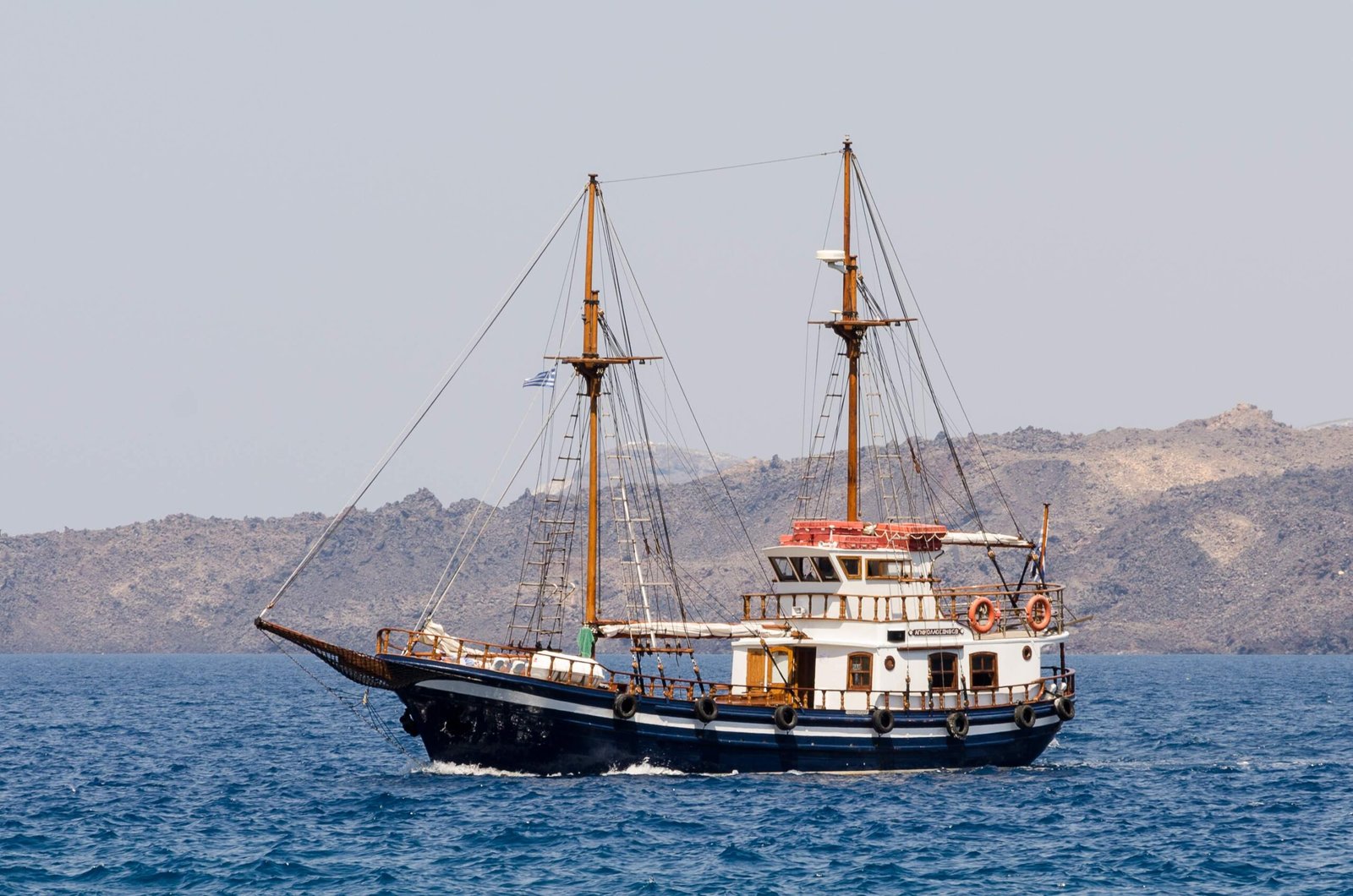Santorini, a picturesque Greek island, continues to employ donkeys as a traditional mode of transportation for tourists. Despite modernization and the presence of alternative options like cable cars, donkeys remain an integral part of the island’s tourism industry. Approximately 2,000 donkeys still reside on Santorini, forming one of Greece’s largest donkey communities. These animals are primarily used to transport visitors up the steep 500+ steps to the old town of Firá, maintaining a centuries-old tradition that has become both a tourist attraction and a subject of controversy.
What is the Current Status of Donkey Usage in Santorini?

The use of donkeys in Santorini is very much alive, despite growing concerns and criticisms. Here’s an overview of the current situation:
- Number of Donkeys: Approximately 2,000 donkeys remain on the island.
- Primary Use: Transporting tourists up more than 500 steps to the old town of Firá.
- Alternative Transportation: A cable car exists but hasn’t replaced donkey rides.
- Frequency of Use: Donkeys often make the strenuous climb 4-5 times daily.
This continued use of donkeys has sparked debates about animal welfare and the ethics of animal-based tourism.
How Much Do Donkey Rides Cost and How Long Do They Last?

Donkey rides in Santorini are a relatively affordable tourist activity:
- Cost: Typically around €6 ($7) per ride.
- Route: From the harbor to the capital (Firá).
- Distance: Approximately 520 steps.
- Duration: Varies depending on the donkey’s pace and stops, but generally takes about 15-20 minutes.
These rides are available throughout the day, offering tourists a unique way to experience the island’s steep terrain.
What Measures Are in Place for Donkey Welfare?
The welfare of donkeys used for tourism in Santorini has been a growing concern. Several measures and regulations have been implemented, though their enforcement remains questionable:
- Greek Animal Welfare Laws:
- Require animals to have access to water.
-
Mandate protection from harsh weather conditions.
-
Weight Restrictions:
-
A law passed after PETA Germany’s 2018 exposé prohibits tourists weighing over 220 pounds from riding donkeys.
-
Advocacy Groups:
- Organizations like PETA and The Donkey Sanctuary actively monitor and report on donkey treatment.
- These groups conduct investigations and release reports to raise awareness.
Despite these measures, many reports suggest that donkey welfare remains a significant issue on the island.
How Does Donkey Tourism Impact Santorini’s Economy?
Donkey tourism plays a substantial role in Santorini’s economy, but it’s not without controversy:
Economic Benefits:
- Approximately 40,000 tourists use donkey services weekly.
- Provides income for local handlers and contributes to the tourism industry.
Challenges:
- Growing pressure from animal welfare activists to ban donkey rides.
- Potential negative impact on tourism if animal cruelty allegations persist.
| Aspect | Impact |
|---|---|
| Tourist Numbers | 40,000 per week |
| Local Employment | Provides jobs for handlers |
| Revenue | Significant contribution to local economy |
| Reputation | Risk of negative publicity due to welfare concerns |
What Are the Arguments For and Against Donkey Rides in Santorini?
The debate over donkey rides in Santorini is complex, with valid points on both sides:
Arguments For:
- Preservation of tradition and cultural heritage.
- Economic benefits for local communities.
- Unique tourist experience.
- Handlers argue it helps keep the donkey species alive.
Arguments Against:
- Animal welfare concerns (overwork, lack of water, shade).
- Ethical questions about using animals for entertainment.
- Availability of alternative transportation (cable car).
- Potential long-term damage to Santorini’s reputation.
What Alternatives Are Available to Donkey Rides?
For tourists who prefer not to use donkey rides, Santorini offers several alternatives:
- Cable Car:
- Modern and efficient.
- Offers panoramic views of the caldera.
-
Operates frequently throughout the day.
-
Walking:
- Free and environmentally friendly.
- Allows for a more leisurely exploration of the path.
-
Challenging but rewarding exercise.
-
Boat Tours:
- Provide a different perspective of the island.
-
Avoid the need to climb entirely.
-
Bus Services:
- Connect major towns and attractions.
- More suitable for those with mobility issues.
What is the Future of Donkey Rides in Santorini?
The future of donkey rides in Santorini remains uncertain:
- Ongoing Debate: Continued discussions between local authorities, animal rights groups, and tourism stakeholders.
- Potential Regulations: Stricter enforcement of existing laws or introduction of new regulations.
- Shift in Tourist Preferences: Growing awareness may lead to decreased demand for donkey rides.
- Alternative Development: Possible investment in more sustainable and ethical tourism options.
As Santorini balances its rich traditions with modern ethical considerations, the role of donkeys in its tourism industry will likely continue to evolve.
In conclusion, while donkeys are still used in Santorini for tourist rides, the practice faces increasing scrutiny and challenges. The island must navigate the complex interplay between tradition, economic benefits, and animal welfare concerns as it shapes its tourism future.
References:
1. Santorini’s donkeys suffer abuse and cruelty – DW
2. Heatwave Prompts Call for Santorini Donkey Ride Ban – PETA UK
3. Santorini Values Profits Over Animals’ Lives | PETA Germany

